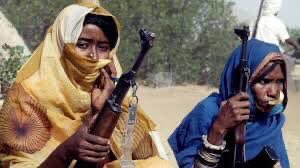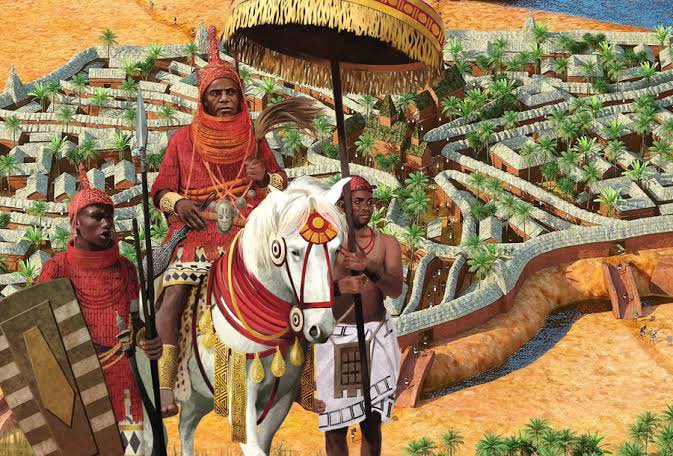During the Eritrea war of independence over 30% of Eritrean Freedom Fighters during Eritrea's war of independence were women.
The Eritrean War of Independence was a conflict fought between Ethiopian governments and Eritrean independence fighters from 1 Sept 1961 to 24 May 1991.


The Eritrean War of Independence was a conflict fought between Ethiopian governments and Eritrean independence fighters from 1 Sept 1961 to 24 May 1991.



Eritrea had become part of Ethiopia after World War II, upon the defeat of Italy and both territories were liberated from Italian occupation. 

The marxist Ethiopian government enjoyed Soviet Union support until 1989 when glasnost and perestroika started to impact Moscow’s foreign policies, resulting in ceasing of support to foriegn allies. 

The war went on for 30 years until 1991 when the Eritrean People's Liberation Front (EPLF), having defeated the Ethiopian forces in Eritrea, took control of the country. 

In April 1993, in a referendum supported by Ethiopia, the Eritrean people voted almost unanimously in favor of independence. Formal international recognition of an independent and sovereign Eritrea followed later the same year.
#Ethiopia
#Ethiopia

• • •
Missing some Tweet in this thread? You can try to
force a refresh





































